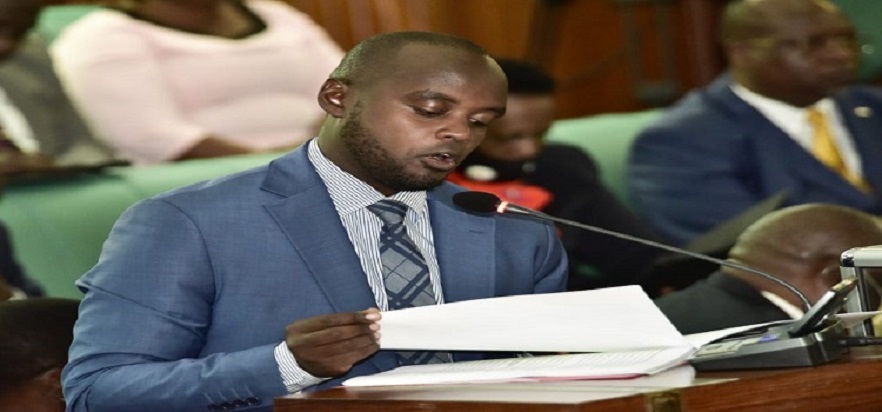BoU Governor, Prof. Emmanuel Tumusiime-Mutebile
Uganda’s debt exposure increased over the year due to significant spending pressures and related loan disbursements to counter the adverse effects of the pandemic, Bank of Uganda (BoU) has revealed in its State of the Economy Report dated September 2021.
“The provisional total public debt stock stood at Ushs. 71.6 trillion (in nominal terms) at end June 2021, comprising of Ushs. 44.9 trillion and Ushs. 26.7 trillion of external debt and domestic debt, respectively, an increase of 22.8 percent relative to June 2020,” the report reveals.
It adds: “The ratio of nominal debt to GDP stood at 48.3 percent at end June 2021, up from 41.0 percent and 35.3 percent at end June 2020 and 2019, respectively.”
The report further says that debt service to tax revenue ratio increased gradually to 24.8 percent in June 2021 up from 21.7 percent in June 2020; higher than 22.4 percent observed in June 2019.
“The IMF Extended Credit Facility financial programme, which is expected to support post COVID-19 recovery and lend support to the implementation of NDPIII, will provide the anchor of government policy implementation as successive disbursements will be premised on fiscal consolidation and discipline,” the report says.
It adds: “In addition, the IMF Board provided a new SDR allocation to Uganda worth US$490 million in August 2020, leading to an increase in both gross external reserves and long-term liabilities of the government. The government, however, has full discretion over the use of the new SDR allocation either to build external reserves or finance the budget. The use of the new SDR allocation for budget financing should needs arise, would however lead to an increase in total public debt. Moreover, it would attract a variable interest rate currently standing at 0.05 percent per annum.”
Whereas external debt burden indicators and total public debt remain below their respective thresholds and benchmark and although Uganda’s risk of external and overall public debt distress is moderate, the report says it has limited space to absorb shocks.
Additionally, it says, Uganda’s debt-carrying capacity has declined, and stress tests indicate breaches of the thresholds and the benchmark, which points to a moderate risk of overall and external debt distress.
“Additionally, risks to the debt outlook are tilted to the downside. Given the sensitivity of the debt projections to growth and exports, a resurgence of domestic and external lockdown measures linked to another wave of COVID-19 constitutes a downside risk to the outlook,” the report reads in part, further adding: “Risks around growth are further aggravated by the uncertainty around the execution of public investment projects, any further delay in oil production, and increased frequency of natural disasters due to climate change.”
According to the report, domestic risks include political pressures for higher current spending, poor prioritization of spending, the insufficient implementation of the Domestic Revenue Mobilisation Strategy (DRMS), and a shift in the composition of financing towards non-concessional loans.
On the upside, a faster than expected recovery from the pandemic and higher donor financing would help, the report says.







Government should solve the problem of poor management of borrowed funds.